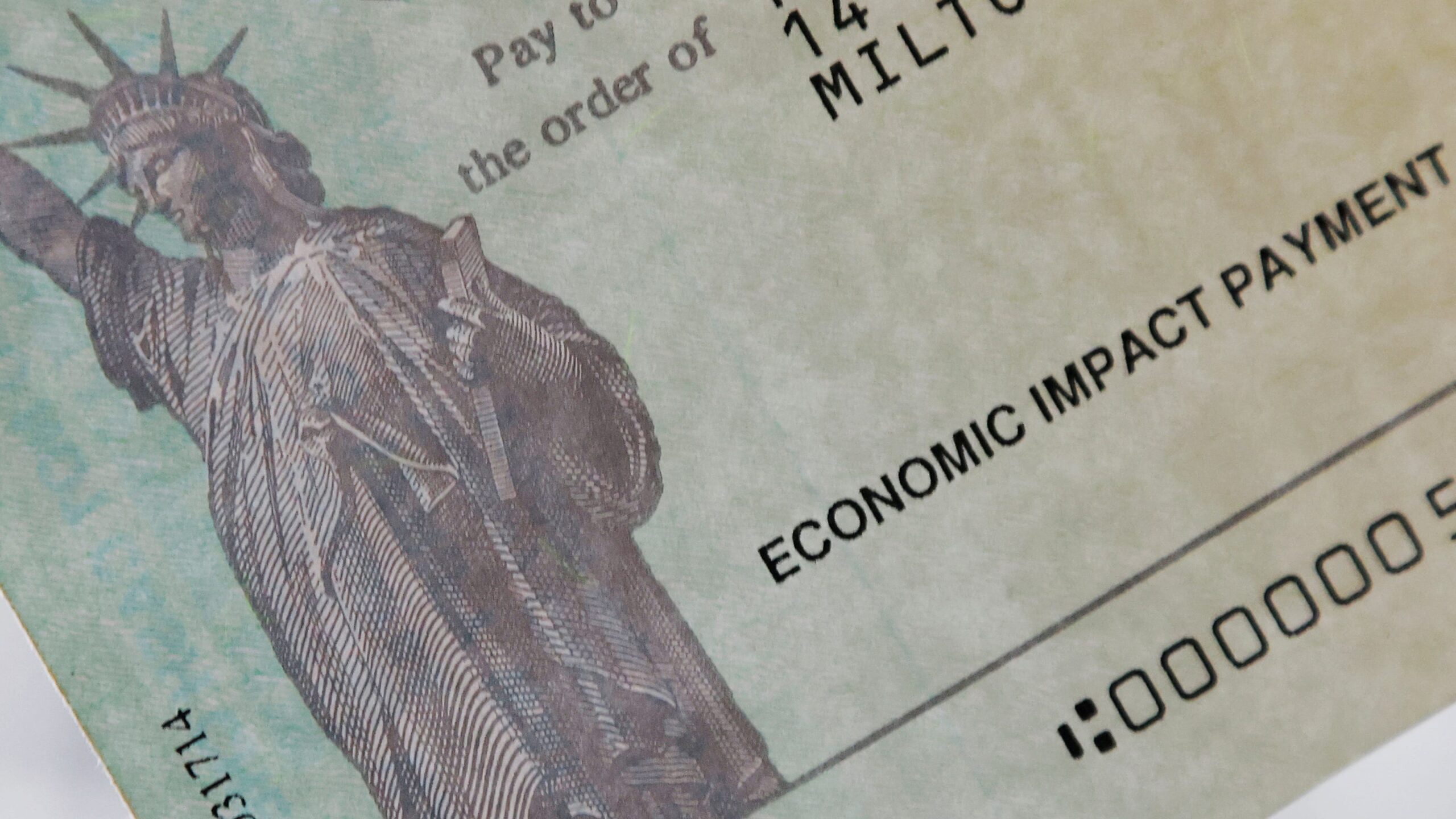Navigating the complexities of tax refunds and stimulus checks can be daunting. Many taxpayers are eager to know the status of their refunds and whether there will be additional stimulus payments. This article provides a comprehensive guide on how to track your IRS refund, understand the amounts and eligibility criteria for previous stimulus checks, and stay informed about potential future stimulus measures. Understanding these processes ensures you stay informed about your financial standing and are prepared for any opportunities or deadlines related to tax refunds and stimulus payments.
Understanding Previous Stimulus Checks
Several stimulus checks were issued in recent years to help alleviate the economic impact of various crises. The first stimulus check provided up to $1,200 for individuals and $2,400 for married couples, along with an additional $500 per qualifying child under 17. The second stimulus check offered up to $600 per individual, $1,200 for married couples, and $600 per qualifying child under 17. The third stimulus check increased the amount to $1,400 per eligible individual, with married couples filing jointly receiving an additional $1,400 for each qualifying dependent. It’s important to understand the amounts and eligibility criteria for each of these checks to ensure you received the correct payments.
Deadlines for Claiming Stimulus Checks
The opportunities to claim the first stimulus check (issued in March and April 2020), the second stimulus check (issued by Jan. 15, 2021), and the third stimulus check (issued between March and December 2021) have now passed. The deadline to file for the third stimulus check was April 15, 2025, marking a three-year deadline to claim the $1,400 Recovery Rebate Credit for 2021. It’s crucial to be aware of these deadlines, as missing them means forfeiting any unclaimed funds.
Addressing Missing Stimulus Payments
If you believe you are missing stimulus payments, it is best to work directly with the IRS or a reputable tax professional to address the issue. They can help you claim the relevant credits on your tax return, if eligible. Even if you received a tax extension, you still needed to file your 2021 tax return by the April 15, 2025, deadline to claim the third stimulus check. There are no extensions or appeals available for missed deadlines, and any unclaimed refunds become the property of the U.S. Treasury.
Rumors of a Fourth Stimulus Check
Be cautious of rumors circulating on social media and unverified websites about a fourth stimulus check of $2,000. There has been no official confirmation from Congress or the IRS to support this claim, and such news should be taken with caution as it could be misinformation. While some proposals have been discussed, there has been no concrete action taken to implement another round of stimulus checks.
The Proposed “DOGE Dividend”
In February, a proposal to pay out $5,000 stimulus checks to taxpayers in the form of a “DOGE dividend” was mentioned during a summit. This idea involved using part of the 20% savings identified by DOGE and distributing it back to taxpayers. However, no further specifics or details about the possible “DOGE dividend” or its certainty have been shared since then. It’s important to remain skeptical until official details are released by reliable sources.
Tracking Your Tax Refund
Knowing how to track your tax refund is essential for financial planning. If you filed your federal tax return electronically and included your banking information, you can typically expect a direct deposit within 21 days. If you did not include banking information, you may expect a paper check refund via mail within six to eight weeks. The IRS provides an online tool called “Where’s My Refund?” that allows you to check the status of your refund. You can start tracking your refund within 24 hours after you e-filed your return, with refund information updated on the IRS website once a day, overnight.
Using the IRS “Where’s My Refund?” Tool
To use the IRS online tool, you must enter your Social Security number, filing status, and exact refund amount on the return. The tool will respond with a return received (processing), refund approved (preparing to issue refund by date shown), or refund sent (sent to your bank or in the mail) status. Once the IRS approves your refund, it could hit your bank account within days via the direct deposit option. Alternatively, you can check on the status by calling the IRS at 800-829-1954.
IRS Refund Schedule 2025
If your taxes were electronically filed and accepted by April 15, 2025, you should have received a direct deposit federal refund from the IRS by May 6 or June 16th by mail. These dates serve as a general guideline, but processing times can vary based on individual circumstances.
Checking Your State Refund Status
Most states have dedicated online portals for tracking income tax returns. To check on your status for a state tax refund, visit your state’s Department of Revenue website and use their refund tracking tool. These tools typically require similar information as the IRS tool, such as your Social Security number and filing status.
Key Takeaways and Final Thoughts
Staying informed about your tax refund and potential stimulus checks is essential for effective financial planning. While opportunities to claim previous stimulus checks have passed, knowing how to track your tax refund and staying updated on any potential future stimulus measures can help you manage your finances effectively. Always rely on official sources like the IRS and reputable tax professionals for accurate information. Be cautious of misinformation circulating online, and take any unverified claims with a grain of salt. By staying informed and proactive, you can navigate the complexities of tax refunds and stimulus payments with confidence.

Leave a Reply